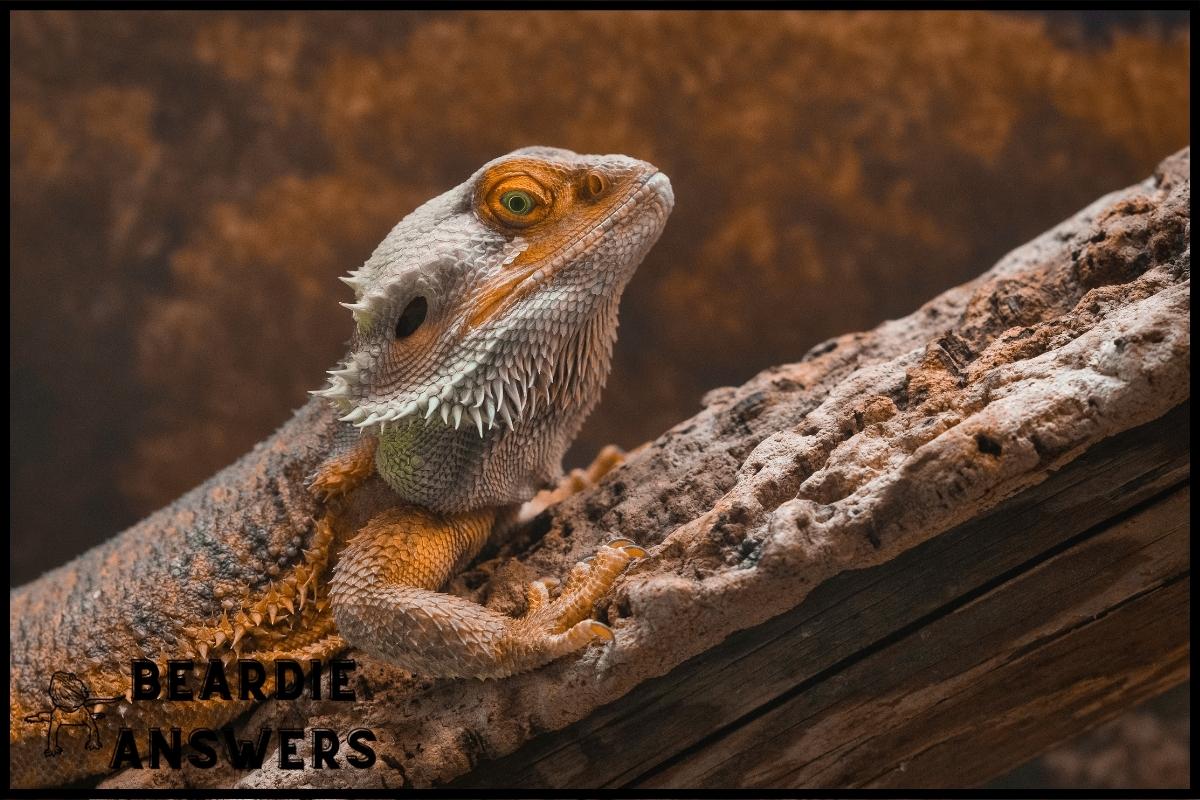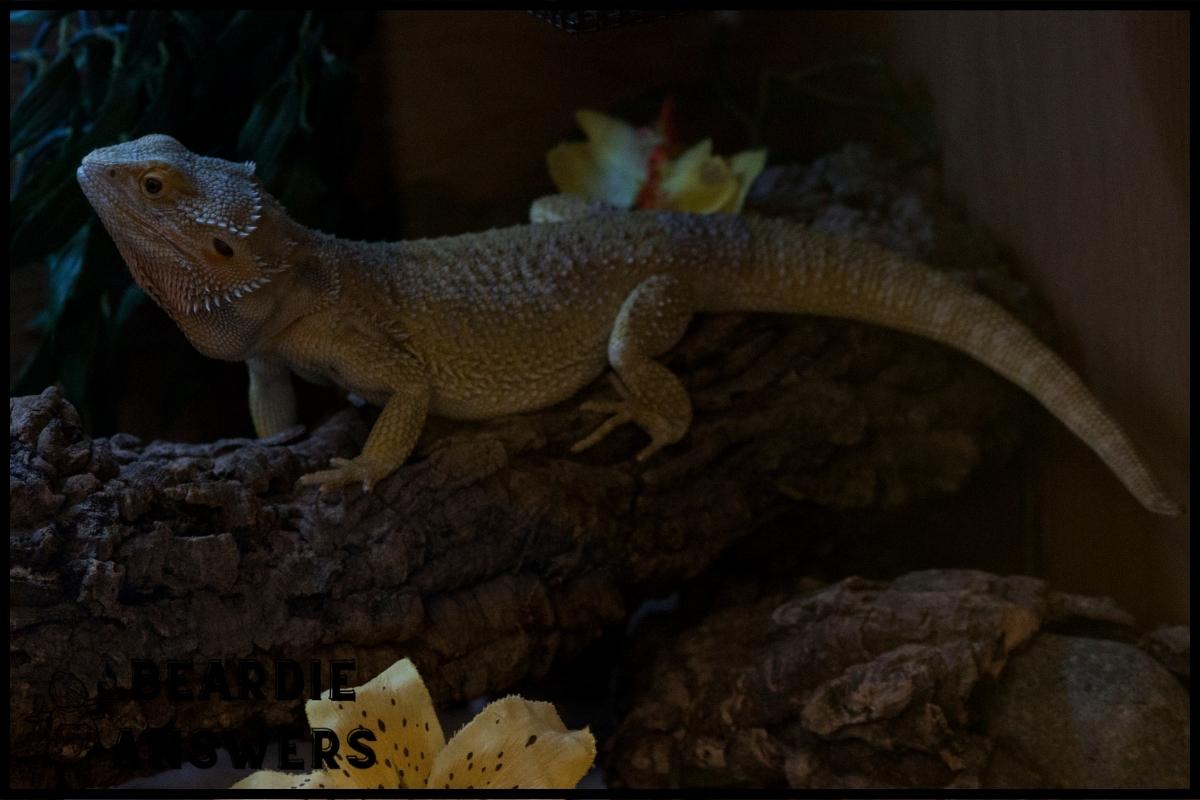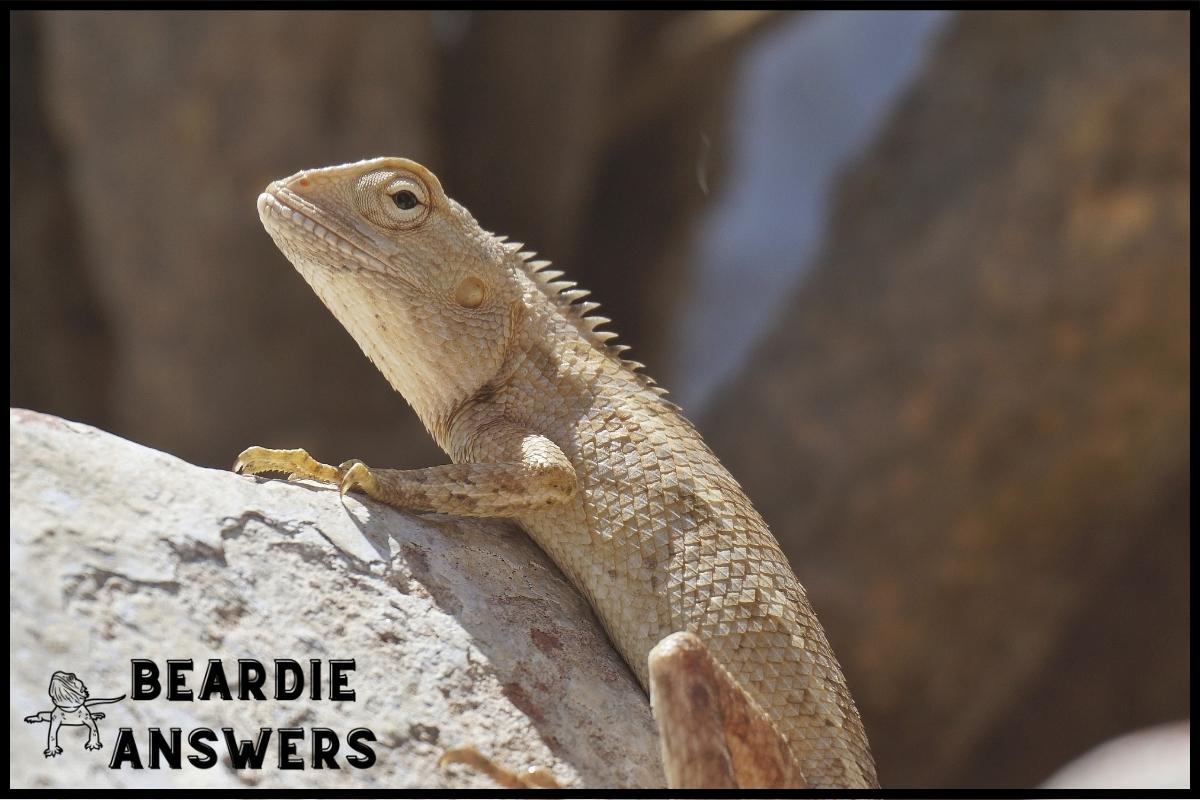[su_note note_color=”#eee”]
Bearded dragons are a type of lizard that have become increasingly popular as pets.
There is an array of different breeds available, each with its own unique characteristics and personality.
Despite there being so many breeds to choose from, it can be difficult for owners to decide which one would best suit their needs.
While no single breed can be considered the ‘best’ bearded dragon, understanding the various types available will help pet owners make an informed decision when selecting their pet.
What You'll Learn
Types Of Bearded Dragons
Bearded dragons are a type of lizard that make great pets. As reptiles, they can live up to 8-10 years with proper care and handling. To get the most out of owning one, it is important to understand their breeding habits, enclosure setup, handling tips, shedding habits, and lighting needs for optimum health.
When considering which breed of bearded dragon you would like as a pet, take into account factors such as size, coloration or patterning, activity level and other physical features. Certain breeds will also require more specialized care then others due to differences in temperament and dietary requirements. When selecting a specific breed it is best to research each breed thoroughly first before making your choice.
In regards to their environment, be sure to provide them with an appropriate sized cage that has good ventilation and access to natural sunlight if possible. Bearded dragons need both UVA/UVB lighting during the day along with supplemental heat lamps at night when temperatures drop too low.
It is important never to handle a bearded dragon until they have become comfortable around you; always use caution when picking them up because they may not yet trust you enough and could lash out defensively in fear. Additionally, providing them plenty of hiding spots within their enclosure will help reduce stress levels during shedding periods so they can do this without feeling threatened by outside sources or disturbances.
Temperament
Bearded dragons are generally social animals that thrive when kept with other friendly bearded dragons. Proper handling and socialization is necessary to ensure a positive pet-owner relationship. It is important to note that they can become stressed or defensive if handled improperly, so gentle and frequent interaction should be encouraged.
When it comes to the enclosure, light cycles and humidity levels should be monitored closely as these play an important role in their overall health. Be sure to provide plenty of space for your dragon to move around freely, while also ensuring adequate lighting is available during daylight hours. Additionally, maintaining proper humidity levels ensures your dragon will remain healthy and comfortable in its environment.
It’s essential to keep your beardie’s habitat at optimum temperature, providing appropriate basking spots as well as cool retreat areas within the enclosure. This way, your dragon can adjust their body temperatures depending on how active they feel throughout the day.
Size And Lifespan
Size is an important factor to consider when choosing a bearded dragon breed. On average, they range from 16″-24″ in size, but it can vary depending on the breed. The maximum lifespan of a bearded dragon can vary greatly depending on the breed, but they typically live up to 10 years when in a healthy environment.
Breeding age is also an important factor to consider when choosing a breed, as it can affect the lifespan. Some breeds are ready to breed at only a few months old, while others take up to a year to reach the age of maturity. Diet is another factor that can influence the size and lifespan of a bearded dragon. A well-balanced diet of fruits, vegetables, and protein sources can help ensure optimal health and longevity.
Captive care is also important, as it can directly affect the size and lifespan of a bearded dragon. Proper husbandry and regular vet visits can help to ensure your bearded dragon lives a long and healthy life. Lastly, health concerns should be taken into account when choosing a breed of bearded dragon. Regular vet visits and proper care are essential to ensuring your bearded dragon remains healthy and happy.
Size
When looking into the size and lifespan of bearded dragons, size is an important factor to consider.
Bearded dragons come in many sizes, ranging from juvenile dwarfs to adult giants.
Depending on their individual needs for lighting and shedding frequency, choosing an appropriate enclosure size is crucial – too small or too large can have negative impacts on their growth and health.
Additionally, finding a breed that fits your lifestyle is key as larger breeds tend to live longer than smaller ones.
So before deciding what breed you want, make sure it meets all of your dragon’s requirements!
Lifespan
When considering the size and lifespan of bearded dragons, it’s important to understand their breeding cycle, shedding habits, and any potential health risks.
It also helps to know which breed of dragon is best suited for your lifestyle – a longer-living giant may be more suitable than a shorter-lived dwarf if you’re looking for longevity.
A larger enclosure with adequate lighting can help promote healthy growth while regular shedding will keep them comfortable and free from disease or infection.
So make sure you research thoroughly before choosing the right breed for you!
Average Size
On average, a bearded dragon can reach between 16 to 24 inches long when fully grown. Depending on the breed, some may grow larger or smaller than this range.
The size of your dragon is also dependent on their environment and how much they are socialized with other dragons.
Shedding cycles should be monitored closely as well since it can affect the growth rate and overall size of your pet.
Ultimately, choosing the right breed for you will ensure that you have an enjoyable experience with your beloved companion!
Maximum Lifespan
Knowing the maximum lifespan of your bearded dragon is important, as it can help you plan for long-term care.
Depending on their genetics and environment, a healthy dragon can live up to 8 or 10 years old.
However, aging processes and health issues may reduce this number considerably.
Proper nutrition, regular shedding patterns and avoiding stress are all factors that contribute to a longer life expectancy for these reptiles.
Keeping an eye on these things will ensure that your pet lives its longest and happiest life possible!
Care Requirements
Caring for a bearded dragon is like caring for a beloved pet. They require an appropriate habitat, proper food and nutrition, as well as regular health checks from a qualified reptile vet in order to stay healthy and happy. Here are the main care requirements that must be met to give your beardie the best life possible:
- Housing needs – A bare minimum of 40 gallons per adult should be provided with plenty of substrate, hiding spots, basking areas, and branches or rocks for climbing. The enclosure size will depend on how many dragons you plan to keep together.
- Temperature control – It’s important to provide both hot basking zones (up to 95°F) and cool rest zones (around 80°F). A quality thermometer should be used to monitor temperatures throughout the day. Additionally, UVB lights can help regulate body temperature if there isn’t access to natural sunlight in their environment.
- Humidity levels & lighting needs – Humidity levels should remain between 30-50% during the day and up to 70% at night. In addition, 10–12 hours of good quality light is recommended daily which can come from either natural sunlight or artificial terrarium lamps such as LED’s or fluorescent bulbs.
With these basic requirements taken into consideration, we can now look into what kind of diet they need…
Diet
Let’s talk about the types of food and dietary requirements for the different breeds of bearded dragons. I’m sure we can all agree that each breed has its own unique needs when it comes to diet!
Types Of Food
When it comes to a bearded dragon’s diet, there are many different types of food that can be fed.
The most common foods for these reptiles include insects such as crickets and mealworms, leafy greens like collards or mustard greens, and commercial-grade pellets specifically made for dragons.
Feeding habits vary from individual to individual but generally they should be offered food at least once daily.
Be sure to provide your pet with the appropriate nutrition needs by providing them with a balanced diet consisting of both protein sources and vegetables.
Additionally, calcium and vitamin supplements may also be necessary in order to ensure proper growth and health.
As long as you provide the correct dietary requirements, your scaly friend will stay happy and healthy!
Dietary Requirements
Along with providing the correct diet for your bearded dragon, there are also certain dietary requirements that need to be met.
It’s important to note that these reptiles have high temperature needs and require a warm environment in order to digest their food properly.
You should feed them at least once daily but it really depends on the individual – some will eat more often while others may not need as much food.
Additionally, when setting up an enclosure for your pet, you’ll want to make sure that there is enough space for them to move around and explore; this will help ensure they get enough exercise and remain healthy.
Ultimately, if all of these dietary requirements are met, then your dragon can live a long and happy life!
Finding The Right Bearded Dragon For You
Now that you know the basics of a bearded dragon’s diet, it is important to find the right breed for your lifestyle.
Handling basics and enclosure setup are two factors to consider when deciding on which type or breed of beardie will suit your home best.
Environment considerations should also be taken into account. Bearded dragons come from dry habitats with plenty of sunshine, so their enclosure needs to mimic this in order to provide them with an optimal living space. Lighting needs must also be monitored regularly as they require both UVA and UVB lighting for proper health and development.
Lastly, regular health monitoring such as checking body weight, hydration levels, shedding cycles and appetite should all be assessed throughout the life of the beardie.
Choosing the right bearded dragon can take some time but done properly it can lead to a happy, healthy pet-owner relationship!
Conclusion
In conclusion, it’s important to consider all aspects of a bearded dragon before making your decision. Each breed comes with its own unique personality and characteristics that may be better suited for one person than another. It is also essential to understand the care requirements as well as dietary needs of each type in order to keep them healthy and happy.
By taking the time to research each individual species, you can find the perfect companion for yourself or your family.
Figuratively speaking, finding the right beardie is like searching for a needle in a haystack – there are so many options out there! But when you finally find that special someone who fits your lifestyle and expectations perfectly, they become an integral part of your life. I’m sure whoever chooses their new companion will form an incredible bond with them, just like I have with mine.
At the end of the day, when choosing which breed of beardie is best for you, never forget that every creature deserves love and respect no matter what kind they are –– because after all, everyone has something special inside of them!

Hi! My name is Bryan, I am the “one behind the words” here are BeardieAnswers.com. I believe that providing quality care and nutrition is the best way to ensure the health of your pet. Every beardie is special and deserves the best care and attention. If you have questions about your bearded dragon, please don’t hesitate to ask! View My Full Author Page




